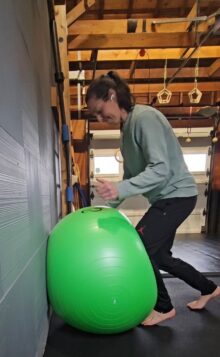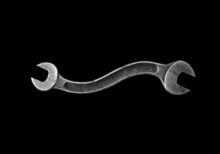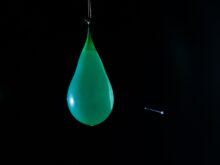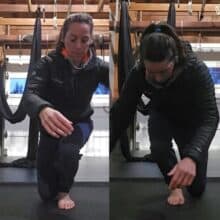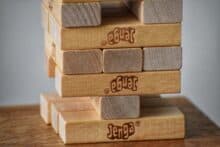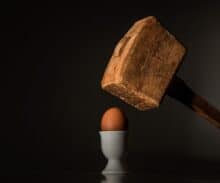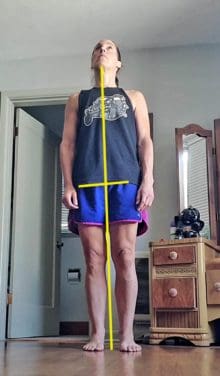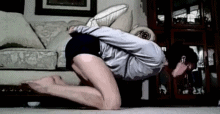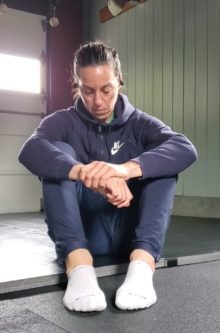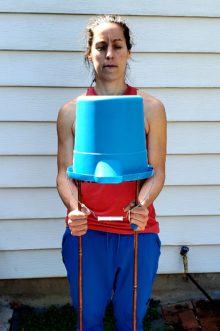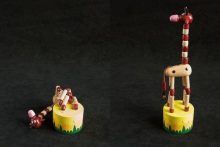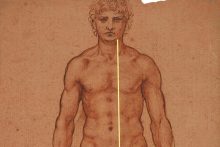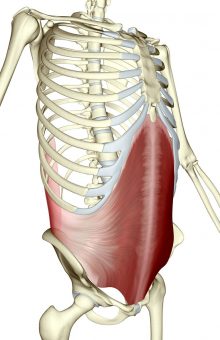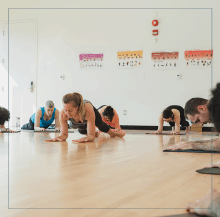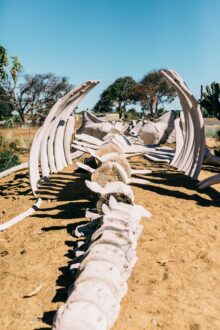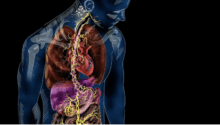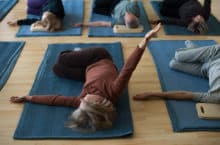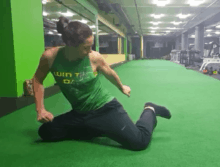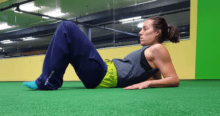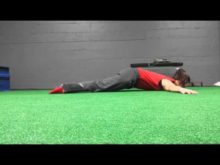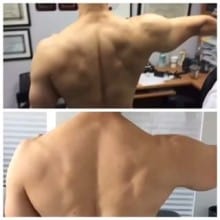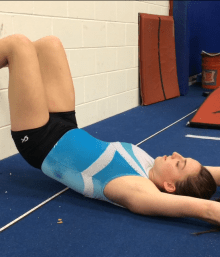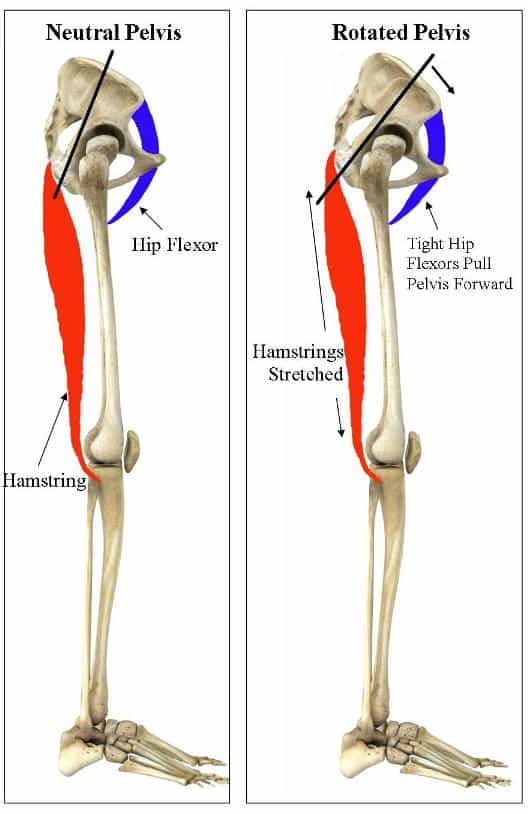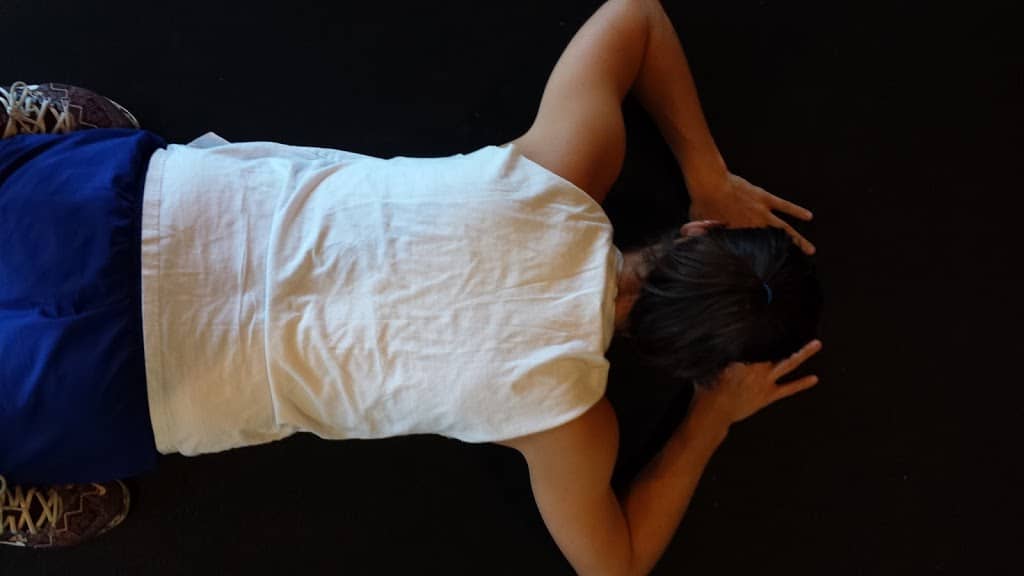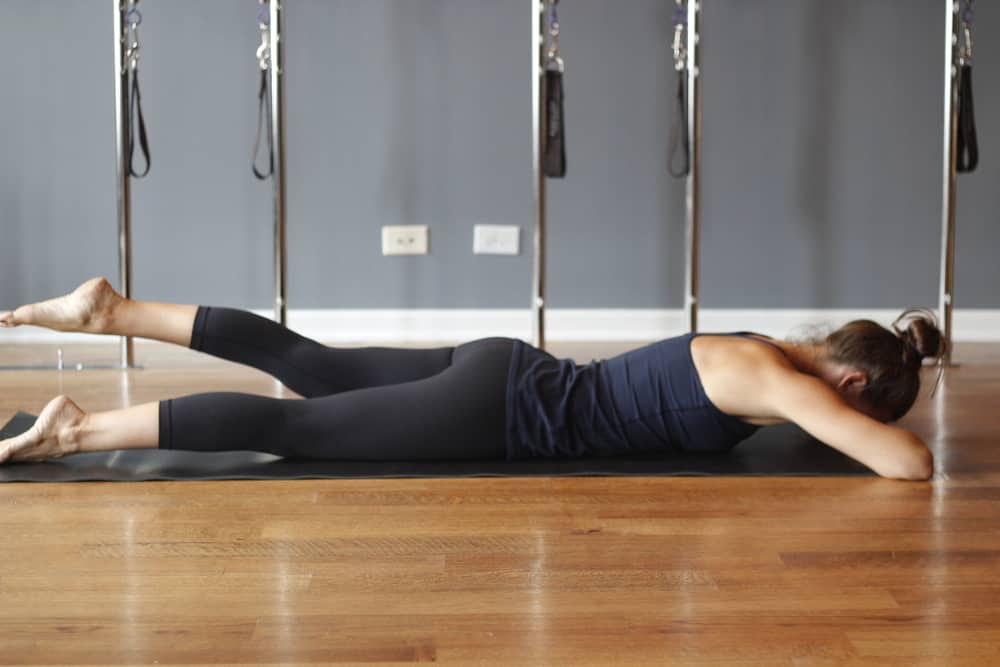Alternative Title: Describing the Avoidant Half I have been writing about asymmetries for some time. Whether it be determining the up leg from from down leg, or the pitfalls of detorsioning the system, I continue to find and… Read more ›
Asymmetry. Up Leg. Compression. Push Down. Space. Rotational Organization. These all describe the physics of one half of the body accepting load, and one half of the body avoiding load. The first time I wrote about this, I referred to… Read more ›
The first post in this series asked if a pigeon toe was friend or foe. It is certainly a strategy, an adaptation that has a purpose. For me, my half with the pigeon toe also carried my biggest problems, particularly… Read more ›
Oh, the mighty pigeon toe. Such a strange little insurgent, and yet, it exists peacefully all around us. Where does it come from and how does it form? Does it afflict one leg or both? Is it the tibia or… Read more ›
In part 1, I suggested that using the knee as gas instead of brakes could help free up the knee for motion and elicit the hips and ankle-foot as stabilizers. For folks with chronic pain, however, their nervous system likely… Read more ›
Torsion. We all have it: a particular line of twist running through our carriage, gripping us in a certain way and keeping us upright. Each fold and joint tells its story, whether you realize it or not. It’s how we… Read more ›
My previous post got into the shame and embarrassment that prevents many of us from addressing issues with parts connected to sex or excrement. This one is more objective, looking at anatomy and physics. When you seek to understand the… Read more ›
This feature photo shows an unstaged photo of the top drawer of my filing cabinet in my locker room office. Note the bounty of certain items (that aren’t snacks). Shorts, pads, some extra underwear — all tell tale signs… Read more ›
Part One looks at identifying each leg and how each prioritizes a different foot arch. Directional Bias: Perpendicular vs. Parallel. Up leg works the foward and back (parallel to ground). Down leg works the up and down (perpendicular… Read more ›
This piece serves as the follow up to How To Push Down. When we are talking about compression, we are also talking about tension. It is the interaction of these two push-pulls that creates suspension. Otherwise everything would collapse. … Read more ›
This post serves as a follow up to: A Path Towards Harm. Otherwise titled: The things I did wrong when I didn’t pay attention or have compassionate patience. The tag to this blog used to read, “fix yourself.” But… Read more ›
Some context. I have been learning to be sensitive to signals of and mitigate pain for about a decade now. My training revolves around feeling things out, noticing any off-ness, spending some time and attention there, and finishing the session… Read more ›
This post serves as a companion piece to A Non-Central Axis. Where it showed you ways to identify a shifted midline, the following hopes to show how pulling to the right or left affects performance. The first thing to… Read more ›
The two bowls of the torso work in relation to one another. The ribs act as an upside down bucket and psoas sticks. The pelvis acts as as a rotary basin with hip handles. Should they be able to freely… Read more ›
Paying attention brings awareness that paves the way for learning. While the task of directing attention typically goes to teachers, the chore of controlling attention falls on the student. We are bored by things that don’t seem to apply to… Read more ›
A quick conceptual piece from the mind of Nicole Uno. Like many sensational metaphors she offers me, I cannot quite make sense of things until I feel it’s application and usefulness. Instead of trying to force the issue, I typically… Read more ›
With every joint that flexes (and extends), there is an element of rotation attached. Three hundred and sixty moveable joints times multiple degrees of orientation at each makes for an almost unfathomable number of alignment options. Much moreso than correct… Read more ›
This is another concept coming from the astute observations of Nicole Uno. The medical, fitness, and wellness worlds are fixated on correcting imbalances. Amidst all the readily available treatment plans, too few remain curious about why so many asymmetries… Read more ›
As I am learning to access and mobilize my ribs, I have begun to understand and control the deep inner workings of my trunk, particularly the space between the ribs and pelvis. One might think of this as the shortest… Read more ›
Cecily Milne is the mind behind yoga detour, movement education that encourages the yoga population to go beyond ‘nailing poses’. She immediately reminded me of Marlo Fisken – a “pole person” who’s actual draw is that she is a brilliant… Read more ›
My pelvis has been my focus for the better part of a decade. Plagued by low back pain and steely hamstrings, I discovered that I was stuck in anterior tilt. Learning to posterior tilt both felt and functioned like… Read more ›
The following is part two of my course notes and findings from Stress, Movement, and Pain. As practitioners seeking to help bio-psycho-social organisms, we have to be able to read, analyze, and gather information from all three dimensions. The… Read more ›
In a top floor studio space that felt more like a cozy attic, I had a revelation. A soft-spoken yet commanding gal led me into my own body with an almost story-time cadence and tone. Knowing I was new, she… Read more ›
Pelvic motion and knee flexion influence hip rotation. Structures above and below a joint have a direct impact on the way it functions. For the hip, its surrounding articulations are the knee and the pelvis. Stiffness or motion in… Read more ›
The pelvis speaks volumes. The position in which you hold it dictates whether or not you can use your abs, release your hip flexors, and/or likely have symptoms of back pain. It’s the first thing I check with new clients… Read more ›
For any of you who have followed this blog for a while, the pelvis has been a long-standing fixation of mine. It has routinely been the deciding factor in moving better and getting out of pain (particularly low back pain). Boldy put, if… Read more ›
As examined in my previous post, joint function defines what kind of movements you are prepared to perform. Articular independence must come before articular interdependence. The ability to isolate a particular joint leads to more control, increased awareness, and lessening… Read more ›
This sequence is absolutely golden for both learning and reinforcing posterior pelvic tilting: 90/90 hip lift with spinal rounding reverse crunch off wall It looks like this: You’ll note the two different arm positions. The first tends to make the… Read more ›
Chronically tight muscles don’t get resolved from mere stretching. Most often, there’s a positional issue at the attachments keeping the muscle in a lengthened position. For the hamstrings, look at the pelvis. If it’s stuck in anterior tilt, like many of… Read more ›
At then end of Prone Positioning Part 1, we kept the torso still while we moved our arms. Crawls are initiated when we move our feet.To begin, we start with the set up. It’s similar to the sphinx in that the… Read more ›
If your low back hurts while you’re lying on your stomach, it’s likely because you’re stuck in anterior pelvic tilt and your lumbar lumbar spine is folding over onto itself. photo credit: mindbodywellness.org See that excessive dip in the low… Read more ›
Being able to tilt your pelvis into a neutral position (posteriorly for most of you) is a notable achievement, but it won’t become fully beneficial until you can maintain that position while moving around. In re-establishing what normal is, the… Read more ›
When performing quad cat-cows, most people initially have trouble disassociating the mid back from the pelvis. What they think is a pelvic tilt is actually just a huge arching of the thoracic spine. Notice how the pelvis stays relatively vertical… Read more ›
The pelvis is important. Any tilts or rotations can lead to imbalances and dysfunction. The differences between anterior and posterior pelvic tilt are illustrated in the following visual: photo credit: riverstonechiropractic.com Anterior pelvic tilt causes a slew of issues, including,… Read more ›
The last couple of years of rehab blitz can be narrowed down into a single thought : the pelvis is important. (Couple that with the pelvic-diaphram breathing connection and you’ve got the last five years at least). Simply put, the… Read more ›








